Annual Members’ Meeting 6/29/24
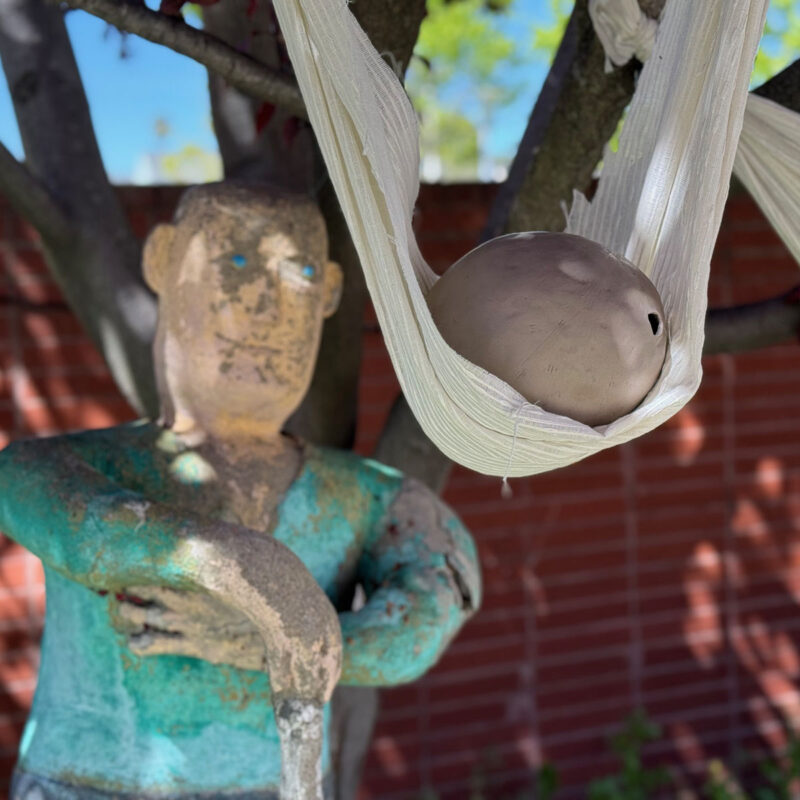
Annual Members’ Meeting Saturday, June 29, 2024, 12pm-1pm Richmond Art Center, 2540 Barrett Avenue, Richmond, CA FREE The Board of Directors at Richmond Art Center extends a warm invitation to all current, recent, and prospective members, along with the wider community, to our Annual Members’ Meeting. Learn about the achievements of Richmond Art Center over the past […]
Richmond Standard: WCCUSD Student Art Show poised to bloom at Richmond Art Center
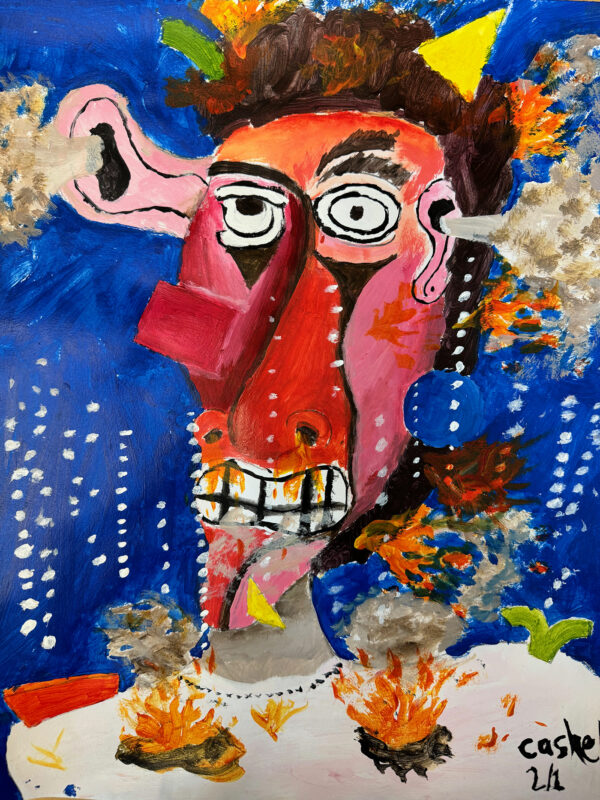
Weblink: https://richmondstandard.com/richmond/2024/03/27/wccusd-student-art-show-poised-to-bloom-at-richmond-art-center/ WCCUSD Student Art Show poised to bloom at Richmond Art Center By Kathy Chouteau Three spring exhibitions are readying to debut Wednesday, April 10 at the Richmond Art Center (RAC), including the 58th Annual WCCUSD Student Art Show, Home Show and Art Blooms Here. The exhibitions will run through May 18. “Spring exhibitions at the Richmond Art […]
Press Release: Spring Exhibitions at Richmond Art Center

FOR IMMEDIATE RELEASETuesday, March 26, 2024 ANNOUNCING:Spring Exhibitions at Richmond Art Center April – June 2024Richmond Art Center, 2540 Barrett Avenue, Richmond, CA 94804Gallery Hours: Wednesday-Saturday, 10am-4pmExhibitions and events are all free and no rsvp is necessary Richmond, CA: Spring exhibitions at Richmond Art Center shine a light on the beautiful, ongoing cycle of teaching, learning and growing through art. In the […]
Richmond Artist Residency Program
Deadline to Apply: Friday, May 24, 2024, 11:59pm
Apply for the Richmond Artist Residency Program
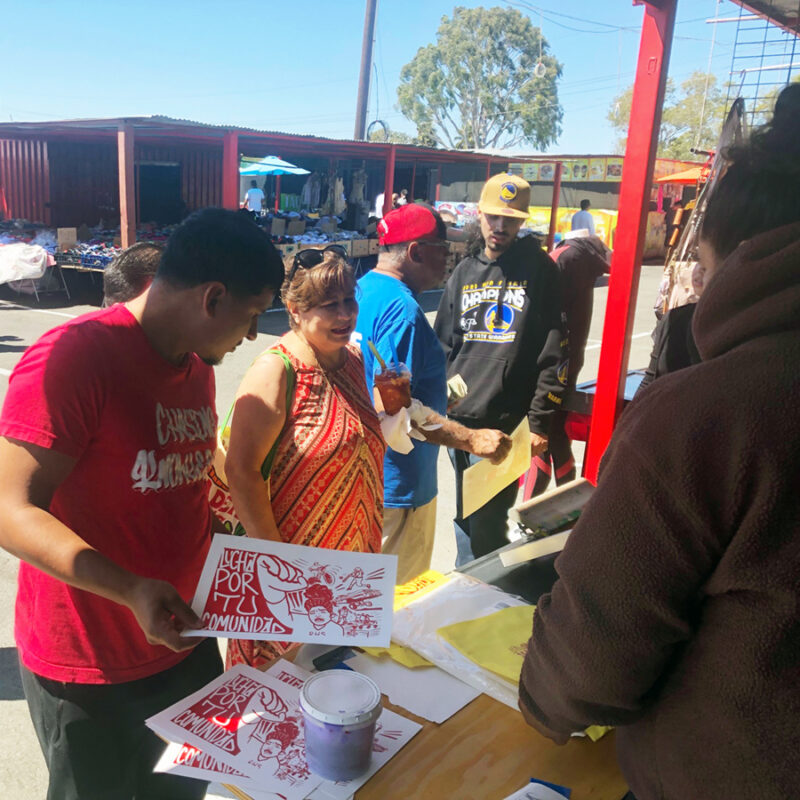
Deadline to Apply: Friday, May 24, 2024, 11:59pm* We’re excited to announce, with support from the National Endowment for the Arts, the second iteration of the Richmond Artist Residency program! About the Residency: The Richmond Art Residency (RAR) will support an emerging or mid-career artist to pursue their creative work while also engaging with the […]
Spring Family Day
4/27/24
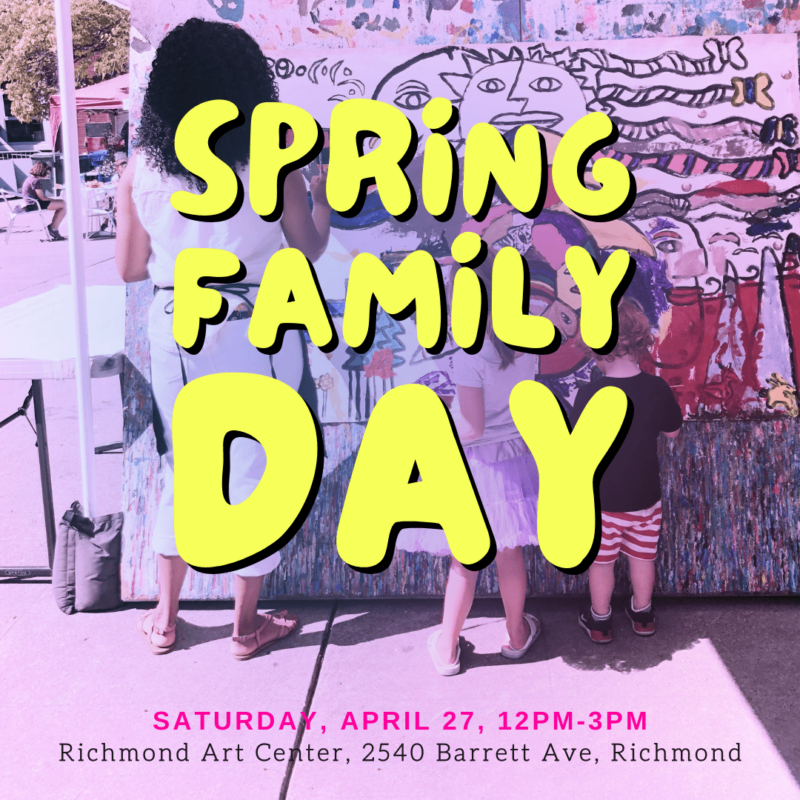
Español Spring Family Day Saturday, April 27, 2024, 12pm-3pm | Free Richmond Art Center, 2540 Barrett Avenue, Richmond We’re gathering on Saturday, April 27, 2024, from 12pm to 3pm, to celebrate light and new beginnings through art-making at Spring Family Day. Come join the fun! Family Day offers a variety of drop-in art-making activities to celebrate […]
New Classes this Spring!

New Classes this Spring! Check out these new classes coming to our studios this spring. Stitch by Stitch In this introductory embroidery methods, students will learn basic stitches, techniques for interpreting imagery into textiles, and create a self-portrait for their final project. Tuesdays, 5:30pm-8:30pm, Apr 9 – May 14 Learn more… A Painter’s Process If […]
Press Release: Artists Announced for Richmond Biennial Exhibition
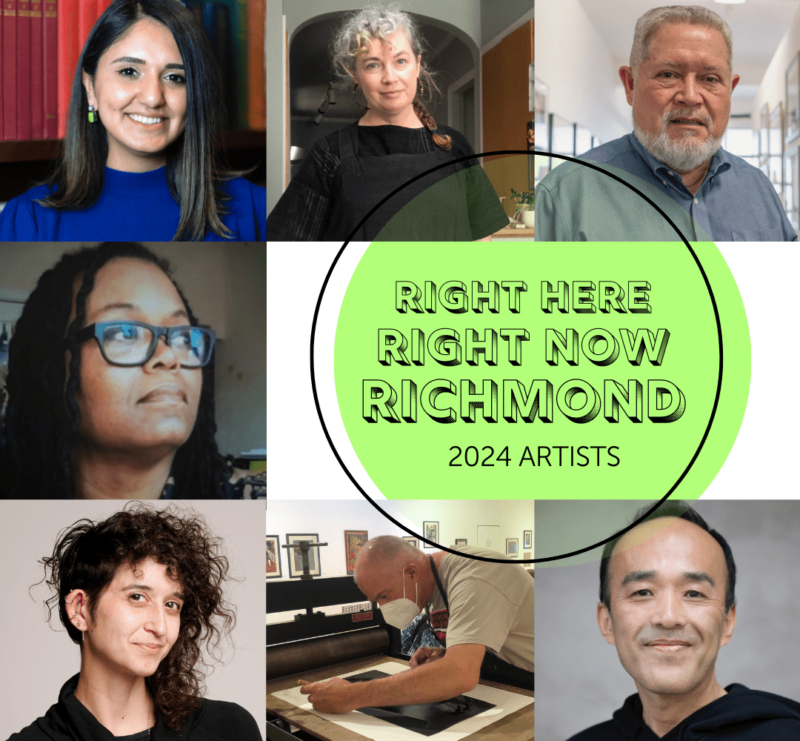
FOR IMMEDIATE RELEASEWednesday, February 21, 2024 ARTISTS ANNOUNCED FOR RICHMOND BIENNIAL EXHIBITION Right Here, Right Now, RichmondThird Richmond Biennial of ArtRichmond Art Center, 2540 Barrett Avenue, Richmond, CA 94804Exhibition Dates: September 4 – November 21, 2024 Richmond, CA: Richmond Art Center announces the seven artists selected to present work in Right Here, Right Now, Richmond. In its third iteration, this biennial exhibition […]
Call for Student Art! Exhibition Opportunity

Have Your Work Featured in the Spring Student Showcase All media! All levels of experience! No entry fees! Deadline to Enter: Wednesday, March 6, 2024, 11:59pm Exhibition Dates: April 10 – June 14, 2024 About the Exhibition: Presented in the Community Gallery, the Student Showcase is a juried show of artwork by current and recent […]
Reception for Home Show and Art Blooms Here
4/18/24

Reception for Home Show and Art Blooms Here Thursday, April 18, 5pm-7pm Richmond Art Center, 2540 Barrett Avenue, Richmond, CA FREE Join us for the opening reception of two new spring exhibitions, Home Show and Art Blooms Here. This event is free, open to all and no rsvp is necessary. Richmond Art Center Parking and Entrance Map
